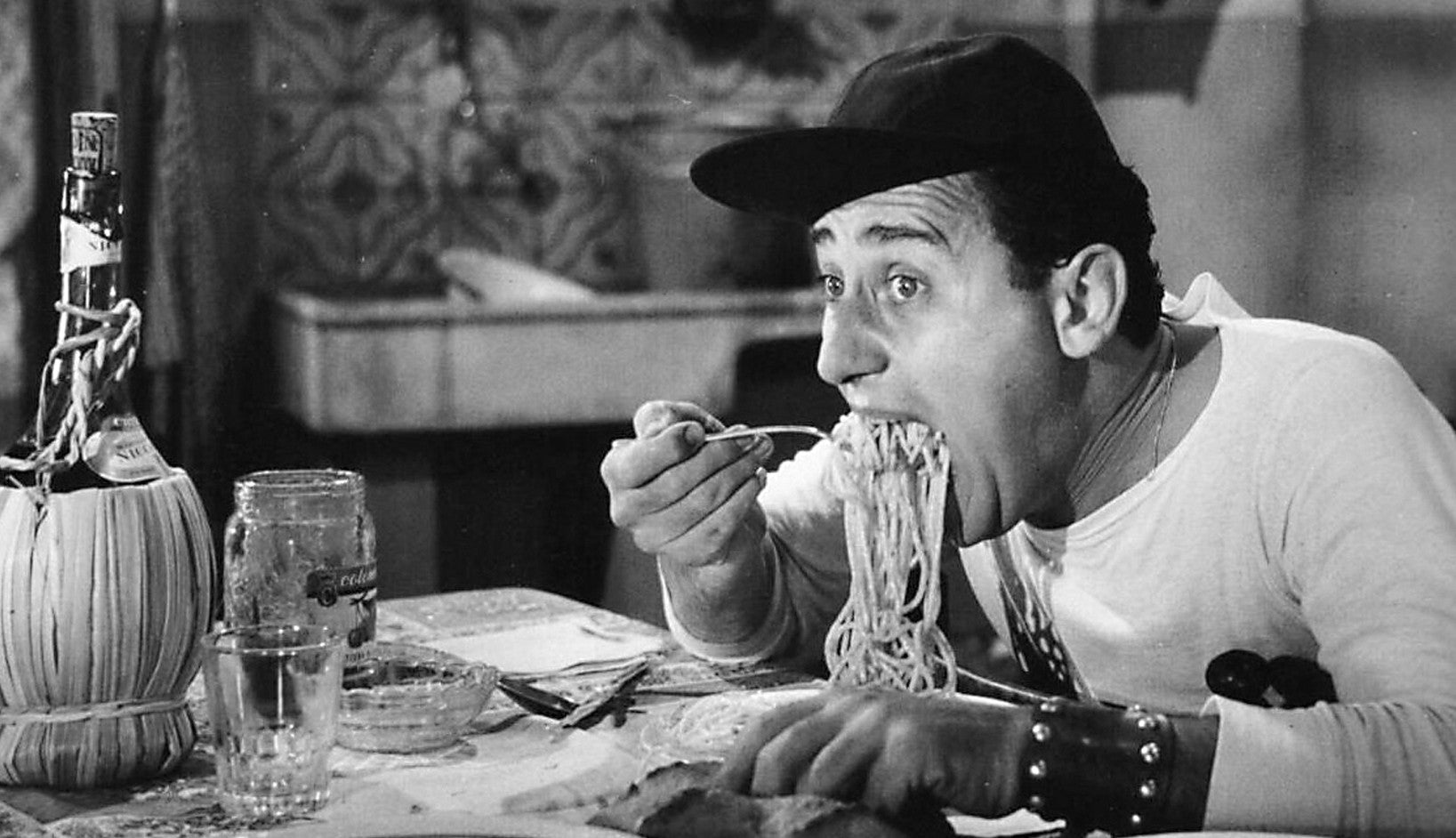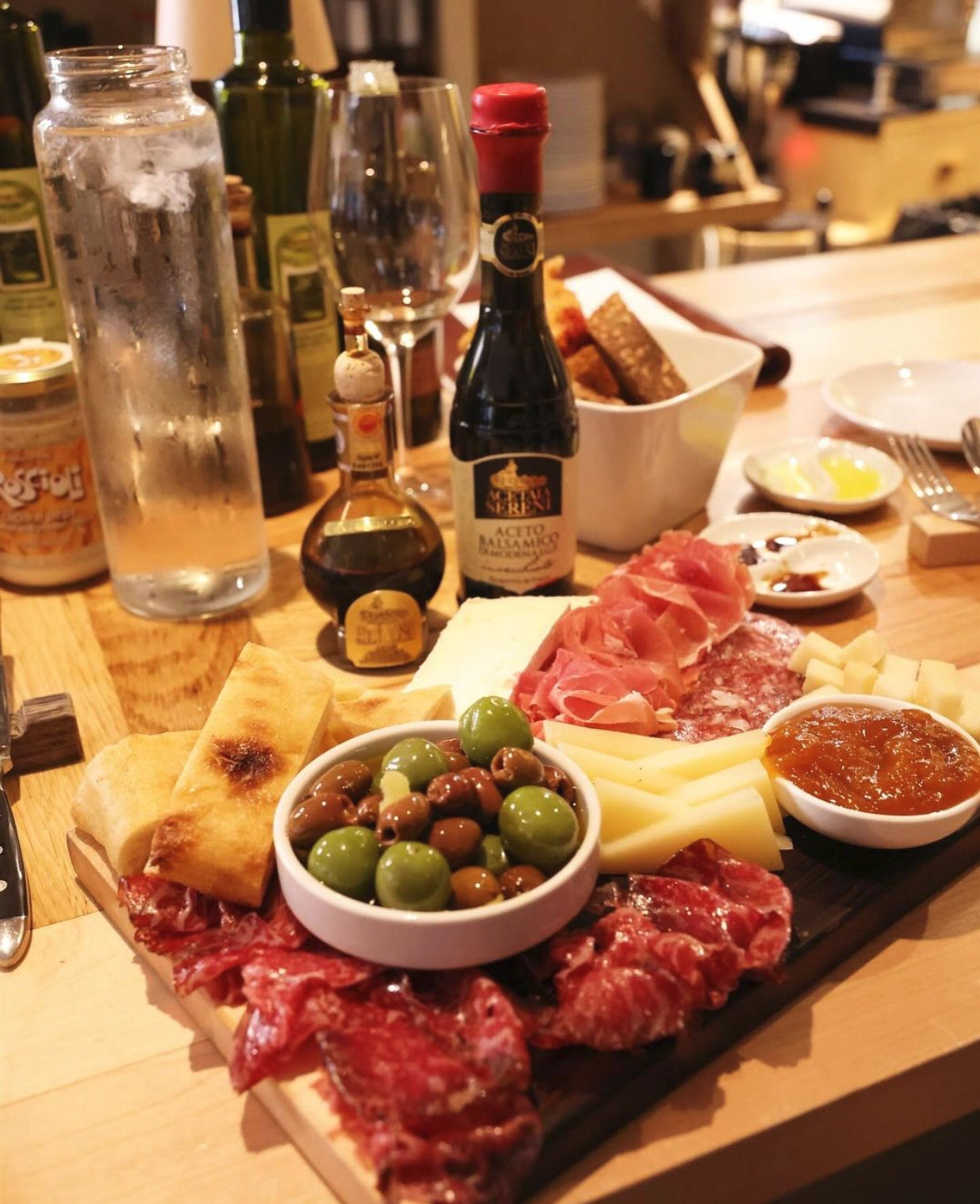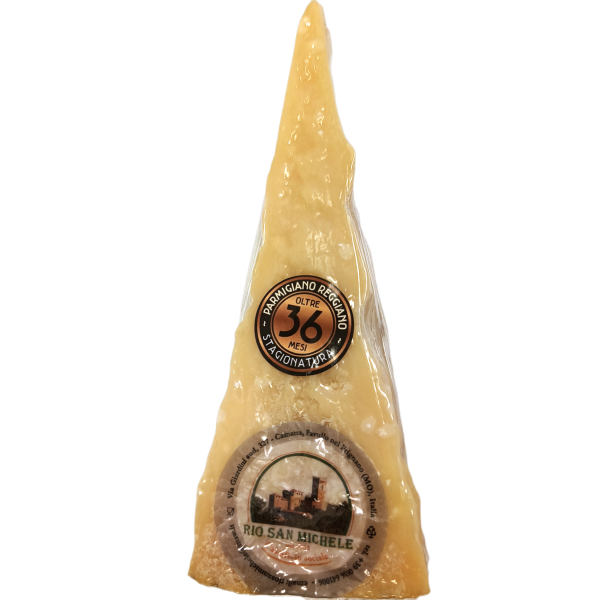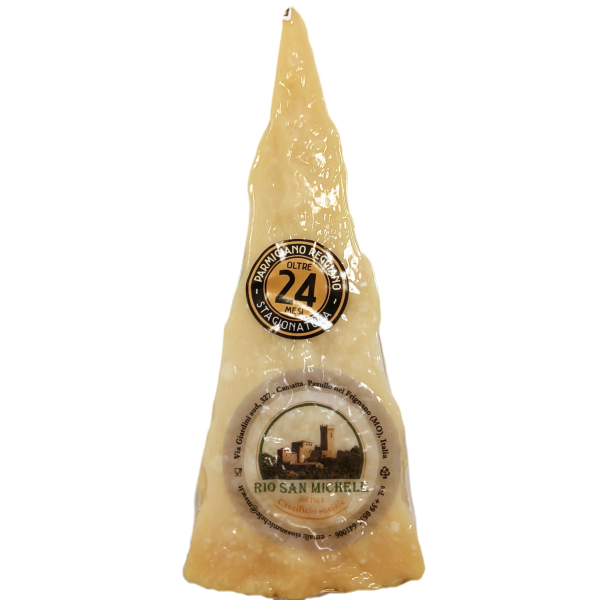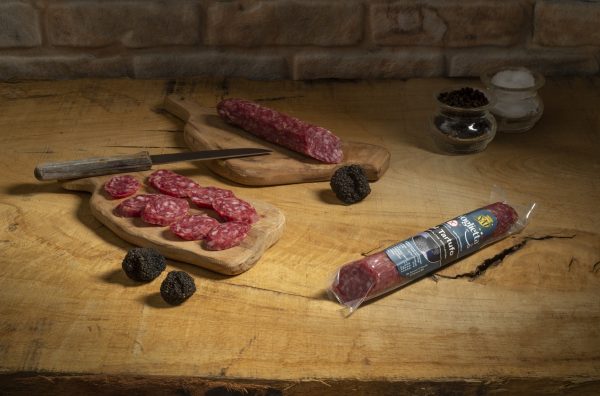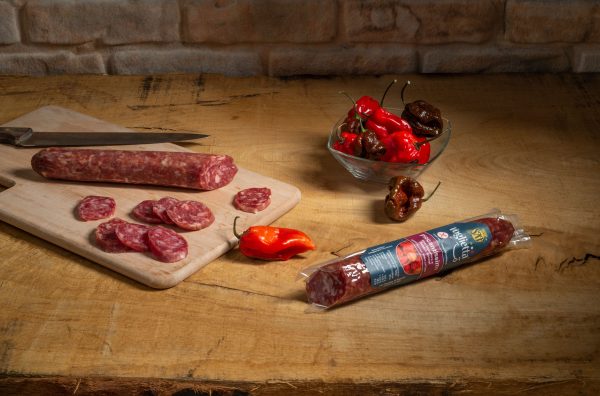In Italy, food is much more than just a necessity: it is an art, a tradition, a way of life. It is therefore not surprising that Italian cinema has often celebrated food as one of its main characters. Through iconic scenes and delicious dishes, Italian films have managed to capture the essence of Italy's culinary culture, taking us on a journey of flavors and emotions.
One of the first films to represent this connection between cinema and food is "Poverty and Nobility", Miseria e Nobiltà (1954) starring the great Neapolitan comedian Totò. The famous scene where Totò and the other characters gorge on spaghetti and eat it with their hands has become a symbol of the hunger and poverty of post-war Italy. But it is also a moment of joy and community, showing how important food is as a means of bringing people together, even in the most difficult times . In an Italy marked by poverty, food becomes a luxury, a pleasure to be enjoyed to the last bite, and a reminder that, after all, people always gather around the table.
A few years later, another iconic film, "An American in Rome", Un Americano a Roma (1954) , starring Alberto Sordi, appears. In one of the funniest and most memorable scenes, the character Nando Mericoni, obsessed with American culture, sits at the table with a plate of "American food," but ends up succumbing to the irresistible temptation of a plate of spaghetti (see photo). His line, " Maccarone, you have provoked me and I will destroy you! " has become legendary in Italian cinema, ironically highlighting the unconditional love of Italians for their own food culture. Even in the face of foreign attraction, Italian food remains an indispensable part of the national identity.
Moving forward in time, we come to Federico Fellini's La Dolce Vita (1960) , a film that, while not centered around food, perfectly captures the spirit of 1960s Italy, a country that celebrates the pleasures of life, including good food. One of the film's most iconic scenes takes place in a restaurant in Trastevere, where the characters enjoy a meal of spaghetti. This moment captures not only the importance of community, but also the love of simple, authentic flavors, like those enhanced by a good olive oil or a generous sprinkling of Parmigiano Reggiano .
In the 1990s, film returned to celebrating Italian food with "The Postman": Il Postino (1994) . In one of the most tender and poetic scenes, the protagonist prepares a simple pasta dish with fresh tomatoes, basil and a generous drizzle of olive oil while reciting love poems. Here, food becomes a universal language, capable of expressing deep emotions and connecting people. Although the film is set in a small village in Southern Italy, the flavors displayed on screen evoke the essence of Italian food culture.
Another significant film is Big Night (1996) , directed by Stanley Tucci and Campbell Scott. Although it is an American film, it tells the story of two Italian immigrants in the United States who try to save their failing restaurant by preparing a sumptuous dinner. This film is a tribute to Italian food, its authenticity and respect for tradition. The scene where the brothers prepare the famous "timpano," an elaborate stuffed pasta dish, is a true tribute to the art of Italian cuisine.
Finally, there is "Mid-August Lunch": Pranzo di Ferragosto (2008) by Gianni Di Gregorio, a small but wonderful film, a true tribute to home-cooked Italian food. The story, set during the Ferragosto holiday, follows the protagonist Gianni as he prepares lunch for a group of elderly ladies. The kitchen becomes a means of exploring human relationships, loneliness and the connection that only a good plate of pasta can create. In this context, simple ingredients like olive oil and parmesan become the real stars, bringing a piece of Italian tradition to the table.
Italian cinema (and not only) has uniquely told the story of food, showing us how closely it is intertwined with Italian culture and identity. Through these films, we learn that food is not only nourishment, but also history, art and, above all, a way of connecting with other people. Each dish shown on the big screen is an invitation to discover, taste and perhaps try to recreate in your own kitchen that piece of Italy that fascinates us so much.
Buon appetito!

